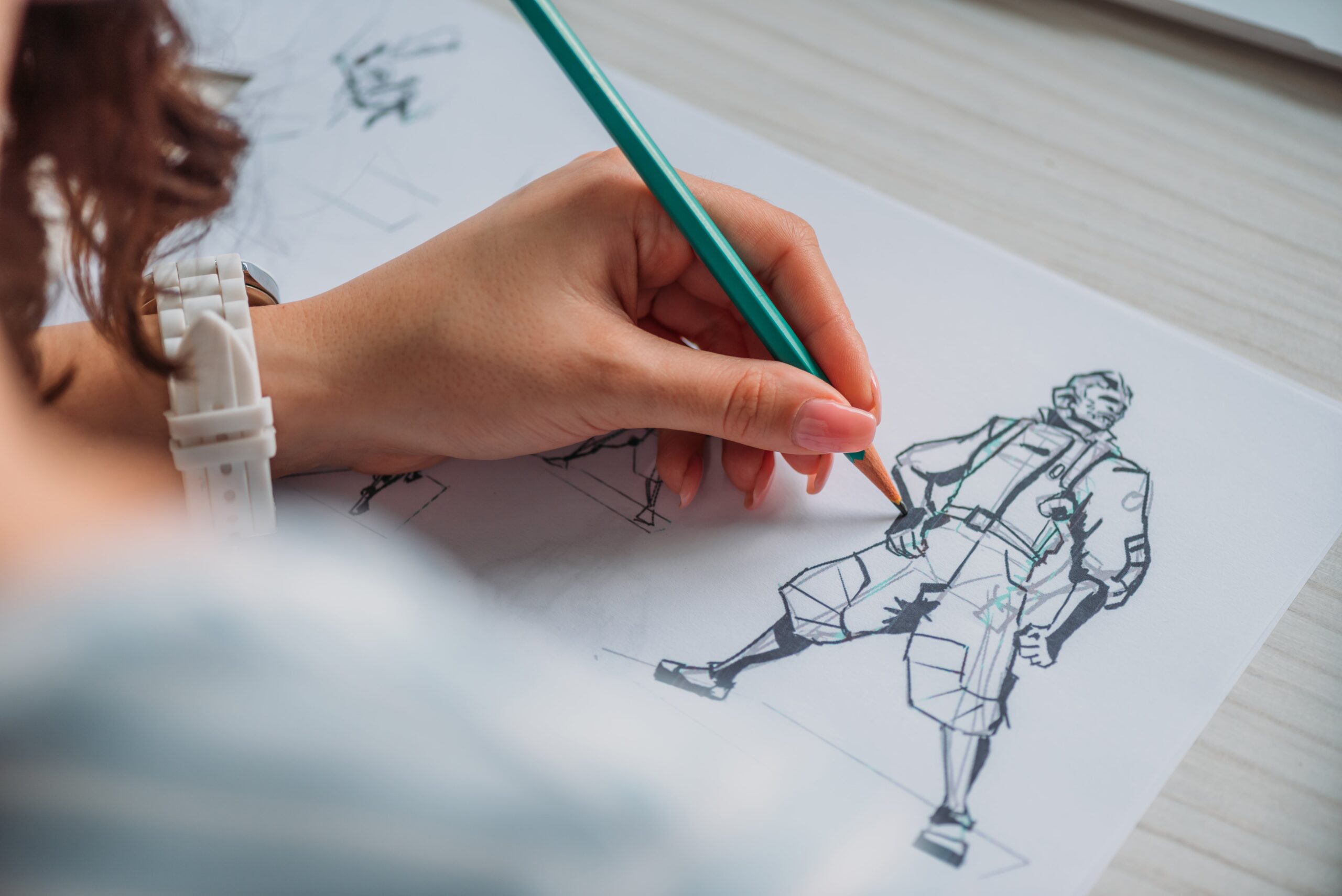Animation is a captivating art form that brings characters, worlds, and stories to life through motion and visual storytelling. For beginners stepping into the world of animation, mastering the fundamentals is essential for developing both technical skills and creative confidence.
Understanding Animation Basics
Before diving into complex techniques, it’s important to understand the foundational principles that make movement feel natural and expressive.
Key Principles
The principles of animation define how motion is crafted and perceived. Mastering these will help you create believable and engaging animations:
- Timing and Spacing: Timing controls the speed of an action, while spacing determines the distance between key poses. Both are vital for creating rhythm and realism.
- Squash and Stretch: This principle adds flexibility and a sense of weight, making movements more dynamic and lively.
- Anticipation: Prepares the viewer for an upcoming action by hinting at it beforehand, adding clarity and flow.
- Follow-Through and Overlapping Action: Introduces secondary motions that trail the main action, creating fluid and natural movement.
Tools of the Trade
Having the right tools can significantly improve your animation workflow. Beginners should familiarize themselves with the following essentials:
- Animation Software: Programs such as Adobe Animate, Toon Boom Harmony, and Blender provide robust tools for both 2D and 3D animation creation.
- Drawing Tablets: A tablet allows for precise control and smoother linework, making digital animation more intuitive and efficient.
Storyboarding and Planning
A strong animation starts with a solid plan. Storyboarding helps map out your story visually before the animation begins.
- Storyboarding: Sketch the key scenes and actions to visualize how the story will flow.
- Planning: Determine character movements, camera angles, and pacing to maintain coherence and engagement throughout the animation.
Character Design and Animation
Characters are the heart of animation. Crafting appealing designs and movements helps connect your story to the audience.
- Character Design: Develop unique personalities, traits, and visual styles that make your characters stand out.
- Character Animation: Apply anatomy knowledge, movement principles, and expressive facial animations to convey emotions effectively.
Basic Animation Techniques
Learning the core technical techniques will help you execute smooth, believable motion.
- Keyframing: Set key poses along the timeline to define essential movements.
- Inbetweening: Add frames between key poses to create seamless motion.
- Looping: Repeat short sequences, ideal for ongoing actions like walking or waving.
Practical Exercises and Projects
Consistent practice builds both skill and confidence. Start with simple exercises before tackling full projects.
- Exercises: Animate basic actions like bouncing balls, walk cycles, or simple facial expressions.
- Projects: Create short animation clips to apply learned concepts and develop your storytelling abilities.
Seeking Feedback and Learning Opportunities
Improvement in animation comes through collaboration and continuous learning.
- Feedback: Share your work with peers, mentors, or online communities to receive constructive input.
- Courses: Enroll in animation workshops or online programs—such as those offered by Yellowbrick—to enhance your skills through guided instruction.
Conclusion
By understanding the core principles, practicing regularly, and embracing feedback, beginners can build a strong foundation in animation. Dedication, creativity, and a passion for storytelling are key to growing into a skilled animator ready to bring ideas to life.
Key Takeaways:
- Animation fundamentals such as timing, spacing, and movement principles form the core of every successful animation.
- Key principles like squash and stretch, anticipation, and follow-through add realism, weight, and flow to animated motion.
- Essential tools like animation software (Adobe Animate, Toon Boom, Blender) and drawing tablets streamline workflow and improve precision.
- Storyboarding and planning are vital steps for visualizing the sequence of scenes, pacing, and character actions before animation begins.
- Character design and animation focus on creating expressive, emotionally resonant characters through strong design and movement choices.
- Basic techniques like keyframing, inbetweening, and looping help establish smooth, lifelike motion in every project.
- Regular practice through simple exercises and small projects builds both technical skill and storytelling ability.
- Feedback and structured learning from peers, mentors, and courses like Yellowbrick help refine skills and accelerate growth.
- Success in animation comes from a balance of creativity, persistence, and a passion for storytelling that brings ideas vividly to life.
Knowing the basics of animation is key to unlocking the creative potential of visual storytelling. Remember to practice, seek feedback, and explore learning opportunities to enhance your skills. Consider enrolling in the NYU Animation Industry Essentials online course and certificate program offered by Yellowbrick to further develop your animation expertise and kickstart your career in this dynamic field.








